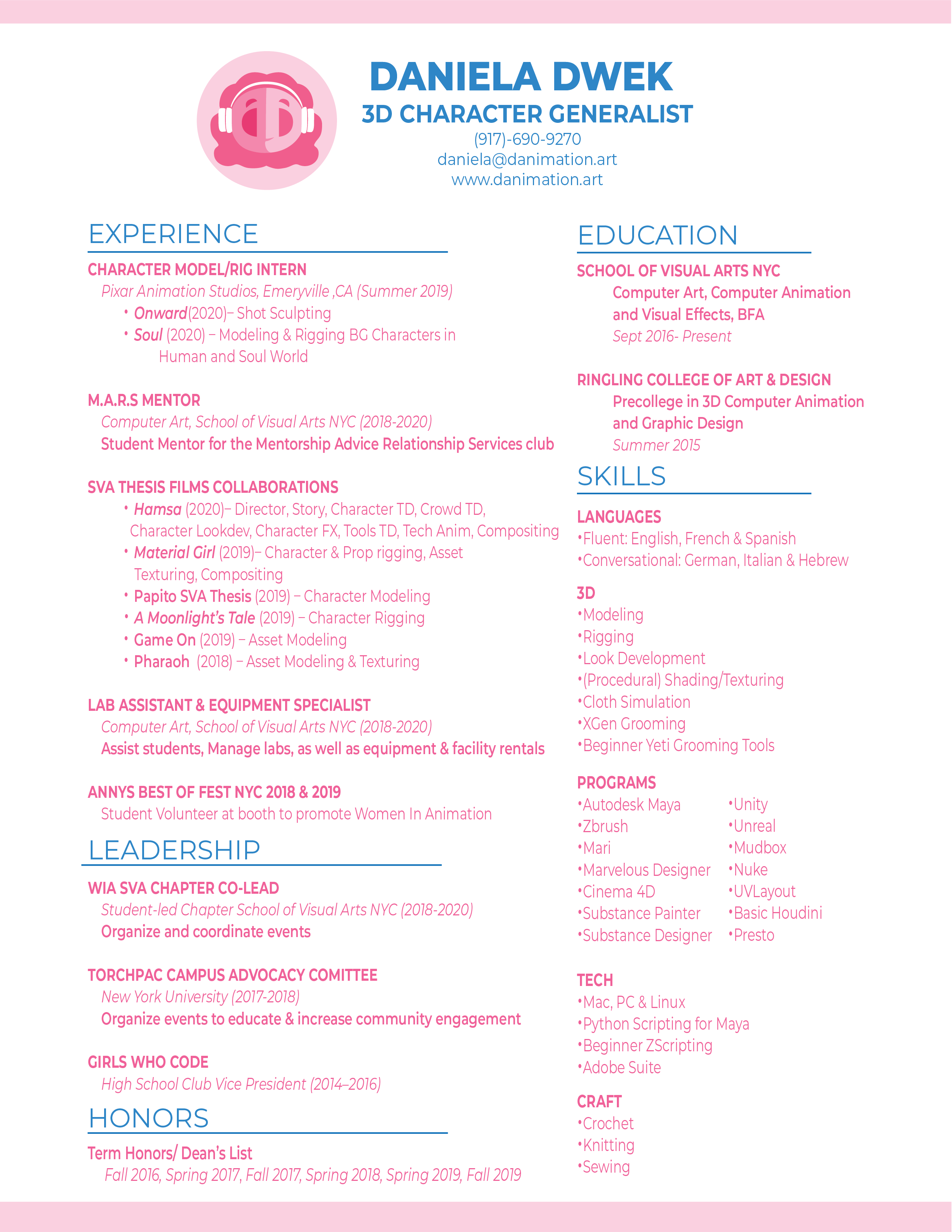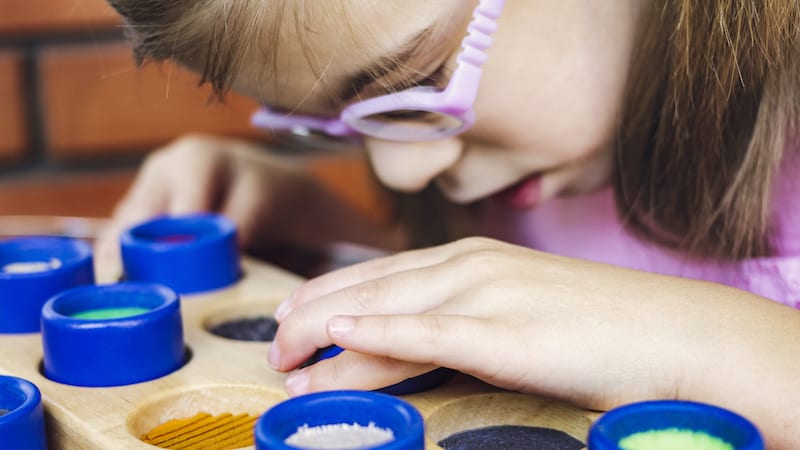
This may influence the order of the classes if that is a change that can be made. You should be aware that many students with visual impairment get eye fatigue and find it much harder to read material by the end of the day.

If there is a narrow field of vision this allows the student to know that the diagram continues outside of their field of vision.

You can run a thin bead of glue over all drawings so the student can also feel what they are seeing. If you have a student with an impairment severe enough to need this type of assistance, the case manager should be in touch with you before school starts to let you know what will be needed in the classroom. It may be a laptop with zoom text, an enlarger that sits on the desk, a program such as which allows them to see what is on the teacher's laptop on their laptop, enlarged text, or something else that makes the material accessible to them. Students with any type of vision impairment will have a method of accessing the learning material. He has been blind since the age of three. Geerat Vermeij is a Dutch paleontologist and one of the world's foremost authorities on mollusk evolution. To assist in teaching a student with a visual impairment, unique and individual strategies based on that student's particular visual impairment and his/her communication media is required. In addition, the increase in the use of films, videos, computers, and television programs adds to the volume of visual material to which they have only limited access. The major challenge facing students who are visually impaired in the science educational environment is the overwhelming mass of visual material to which they are continually exposed, such as textbooks, class outlines, class schedules, chalkboards, writing, models, images and other graphic materials, etc. Hence, there is no "typical" vision-impaired student. Vision also may fluctuate or may be influenced by factors such as inappropriate lighting, light glare, or fatigue. The extent of a student's visual impairment depends on the eye condition.

Both students who are blind and have low vision may require specialized equipment and materials. Students with low vision tend to read print, may use optical devices, or may also read Braille like their peers who are blind. Students who are blind may use Braille to read. Students with visual impairments include those with low vision and those who are blind.


 0 kommentar(er)
0 kommentar(er)
